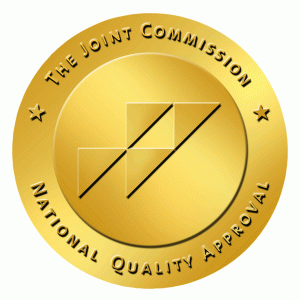Handling Restlessness or Agitation during End of Life Care
Terminal Agitation often surprises many family members and caregivers alike.
A loved one who is usually calm, suddenly and unexpectedly becomes agitated and restless. It is common knowledge that individuals who are experiencing even minor illnesses may demonstrate mood changes such as irritability, anger, depression and avoid communication with others. Such mood changes are often difficult for family members to “handle.” Causes and treatments for restlessness and agitation are well-known among the hospice professionals who work with the dying on a regular basis.
What is Terminal Restlessness or Agitation?
Those who work with the dying know this type of restlessness or agitation almost immediately. What does it look like? Although it varies somewhat in each patient, there are common themes that are seen over and over again.
Patients may be too weak to walk or stand but they insist on getting up from the bed to the chair or from the chair back to the bed. Whatever position they are in, they complain they are not comfortable and demand to change positions, even if pain is well managed. They may yell out using uncharacteristic language, sometimes angrily accusing others around them. Some patients may not recognize those around them, confusing them with other people. They may act as if they are living in the past, confronting an old enemy.
Management:
Just as in all symptoms, other causes must first be ruled out or eliminated:
- Is the patient breathing effectively?
- Is there underlying pain?
- Full bladder or bowel distress?
- Is there an infection?
Patient/Caregiver support:
- Create a calm and safe environment
- Educate family and caregivers what is occurring as this can be a stressful time
- Offer assistance and support
Medications:
- Ativan
- Thorazine
- Haldol
- Morphine
Remember you are not alone when it comes to providing end-of-life care for your family members. Lean on our team for your hospice needs. We are here to honor your wishes for a FREE CONSULTATION, click here or to REFER A PATIENT, click here.







